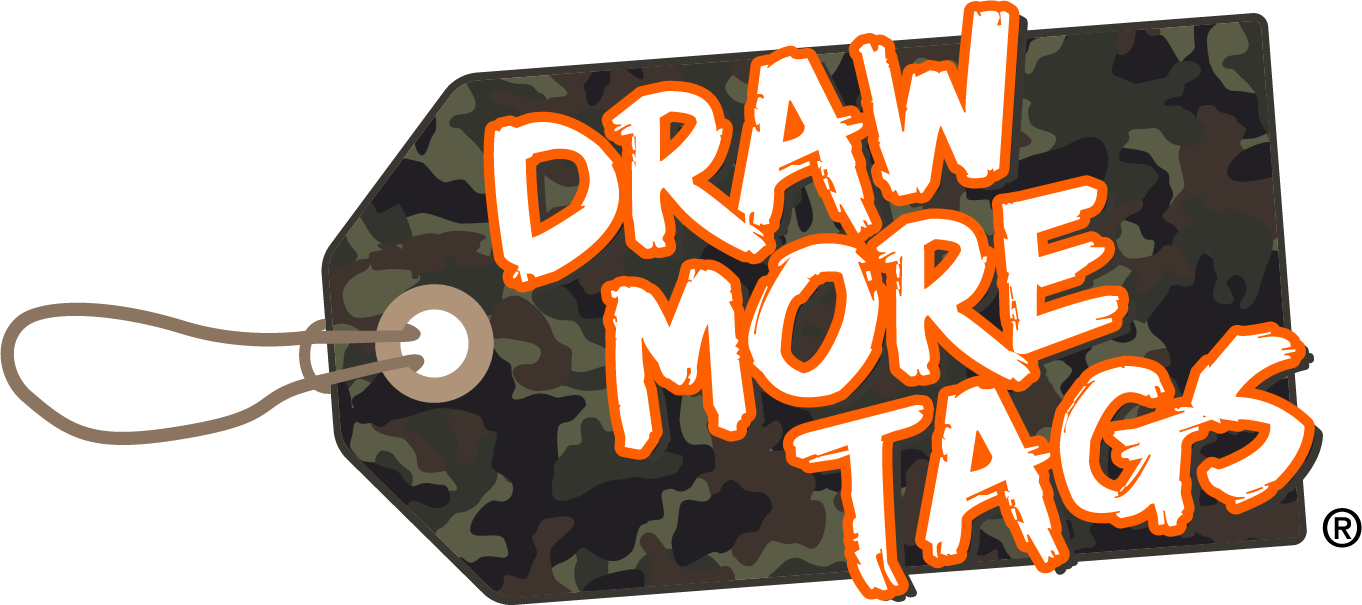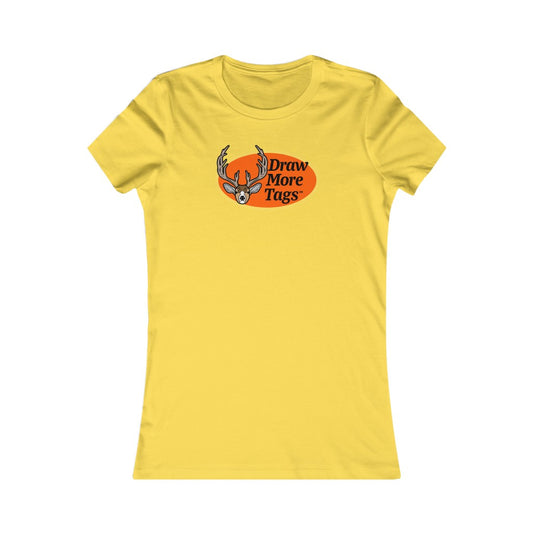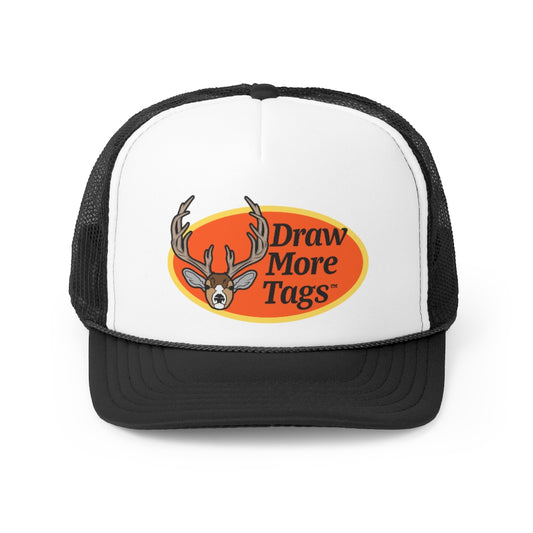
Hunting big game species such as deer, elk, and bear can be a challenging and rewarding experience, but success is often dependent on factors beyond your control, such as weather and wind conditions. Understanding wind thermals, however, can give you an edge in the field. In this comprehensive guide, we'll explore the science behind wind thermals and how they can help you track and find your prey, as well as provide tips and techniques for making the most of wind thermals.
What are Wind Thermals and How Do They Work? Wind thermals are columns of rising air that are created by the sun heating the ground. As the ground is heated, pockets of warm air rise into the atmosphere and create a thermal. As the thermal rises, it cools and eventually sinks back to the ground, creating a cycle of rising and falling air currents.
The Importance of Wind Direction for Hunting In hunting, wind direction is crucial, as it can greatly impact your chances of success. When you are hunting, it's essential to stay downwind from your prey to avoid detection. The wind will carry your scent away from the animal, increasing your chances of a successful hunt. It's also important to be aware of the wind direction when choosing your hunting spot, as it can impact your ability to approach and shoot your prey.
Using Wind Thermals to Your Advantage Wind thermals can provide valuable information for hunters, helping you determine the best time of day to hunt and track the movement of big game species. Wind thermals are typically strongest and most visible in the morning, making it a prime time for hunting. By positioning yourself downwind from a thermal, you can stay undetected by your prey, as the wind will carry your scent away from the animal.
Checking Wind Direction To make the most of wind thermals, it's essential to know the wind direction. Here are a few tips to help you determine wind direction:
-
Use a wind indicator: There are many commercially available wind indicators on the market, such as wind socks or wind vanes, that can help you determine the wind direction.
-
Look for signs of wind: Observe the direction of the trees, grass, and other vegetation. Trees bending in one direction, for example, can indicate the wind direction.
-
Use your sense of smell: Scent travels downwind, so if you smell something, you'll know which direction the wind is coming from.
Maximizing Your Success with These Tips To make the most of wind thermals, familiarize yourself with the weather conditions in your hunting area, including the wind direction, temperature, and humidity levels. Study the topography of the area, as thermals can be affected by factors such as tree cover, slope, and elevation. Always make sure to hunt with the wind at your back, as this will help keep your scent away from the animal.
In conclusion, wind thermals can be a valuable tool for hunters looking to track and find big game species. By understanding and utilizing wind thermals, you can increase your chances of success and bring home a trophy. So, gear up, hit the woods, and let the hunt begin! And don't forget to visit drawmoretags.com for more tips and tricks to make the most of your hunting trips. Whether you're an experienced hunter or just starting out, this comprehensive guide will help you take your hunting to the next level.




